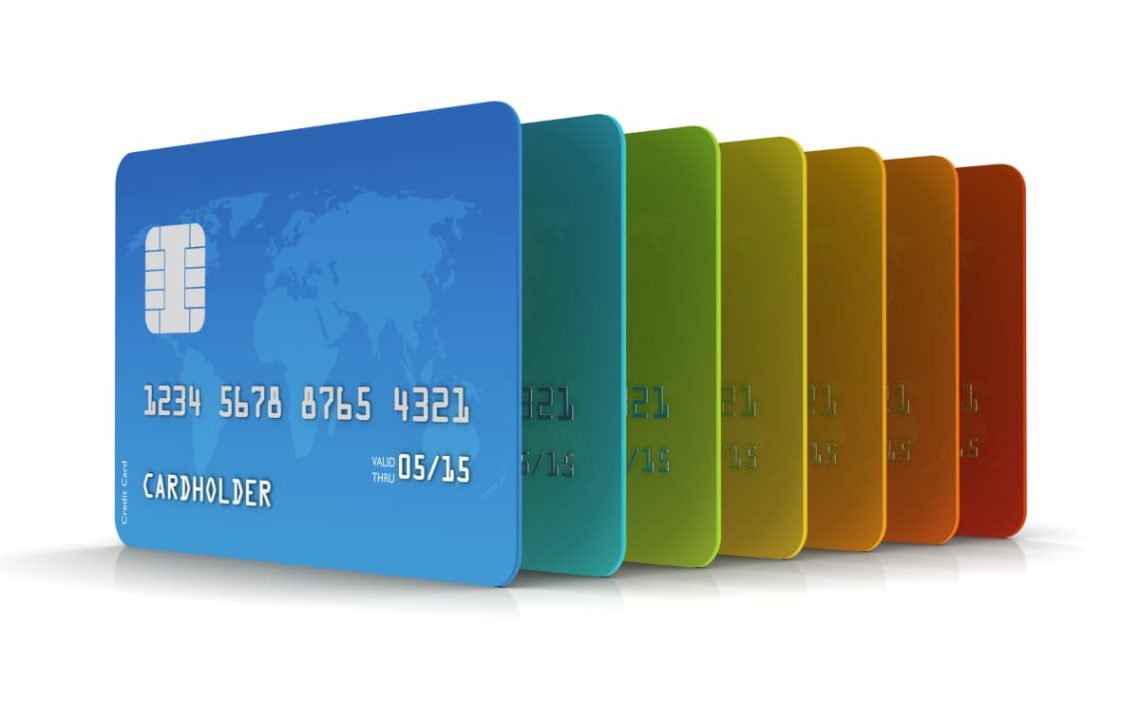One of the students’ most commonly used payment tools is the prepaid debit card. It is a product that has been gradually incorporated into the different payment methods and has some important advantages to consider.
We will analyze how it works and what its benefits are, but we will also consider some disadvantages that should be taken into account.
What is a prepaid debit card?
Let’s start by saying what it is not: it is not a credit card. That is, you will not have the option of using the balance on this card for financing. If the card doesn’t have money on it, it doesn’t work. It is a simple and realistic method.
You might assume there is no clear difference between a prepaid debit card and a regular debit card. Actually, there are several.
First of all, the regular debit card is directly linked to a bank account on which a certain balance is managed. The availability of this card, with an exception for the limitations that, in some cases, can be given at the time of the card configuration itself, will be the account’s balance.
For example, if you have a bank account with a $3,000 debit card, you can only use the $3,000 in that account using the card. It would help if you considered the daily spending limit associated with the card.
However, a prepaid debit card will only work with the balance specifically intended to load the card. Regardless of the balance in your account, the card will only work if you enter a certain amount of credit.
For example, if you have a bank account with $3000 and a prepaid debit card, the card will only work if you recharge the balance. If you supply a balance of $300, the card will have a limit of $300 that you will not be able to exceed, even if there is still money in the account (there would be $2700 left).
The example is very explicit; you can understand that this card will only work when it has been expressly ordered to have a certain balance. Once this balance has been used up, the card will not work until it is recharged.
What are the advantages of a prepaid debit card?
The first and most important advantage is clear: financial control of spending.
For example, let’s think of a family that has to manage the finances of their three student children. Uncontrolled spending could be a serious problem. Even if the students in question are trusted by the family, the risk of exceeding limits with debit cards (let alone credit cards) remains.
Using prepaid cards will make it possible to control the amount of money spent by each of the children. But, more than that, it will make it possible to understand their spending levels better and analyze what is being done right or wrong.
For the student, it is also a good way to learn to control their spending.
But there are other ways this tool can be taken advantage of. It is also a product that can be used perfectly well as a company card, with a certain balance to be spent by employees, or simply as an Internet payment card with a pre-set spending limit.
And this would lead us to another very important advantage: security. These cards only function using the assigned balance. They cannot be used against associated accounts or associated cards. This means that, in case of fraud, theft, or impersonation, it will not be possible to harm anything beyond the balance available on the card itself.
Drawbacks of prepaid debit cards
But, not everything is a point in favor. There are also some disadvantages to this type of financial product. The first of these disadvantages is very obvious: it leaves no room for maneuvering once the balance is depleted.
Above all, when we depend on a third party to recharge the balance (think of the example mentioned above of a family with several student children), depleting the balance forces us to take the corresponding steps to recharge it. Although it can be done quickly since the recharges are immediate, it can be an obstacle in the event of an unforeseen event or urgent need. That is further aggravated when the people responsible for recharging the card are at a certain distance, and it becomes necessary to contact them by telephone, etc.
On the other hand, it should be kept in mind that this is not a product that can be used to make deferred payments or installment payments. In this sense, it is a limited card. It will only serve as a debit card and only function with the available balance. Therefore, if, for example, we are at the balance limit and want to make a payment that exceeds $50, we cannot do so since we will have neither credit availability nor the possibility of using the linked balance.
Finally, another factor to consider, although only in some cases, is the potential cost of issuing these cards. Although the first card is usually free, duplicate cards may have an added cost. On the other hand, some financial institutions require a certain number of card transactions not to charge maintenance fees. And also, in some cases, fees will be charged for cash withdrawals, although this is less common.


